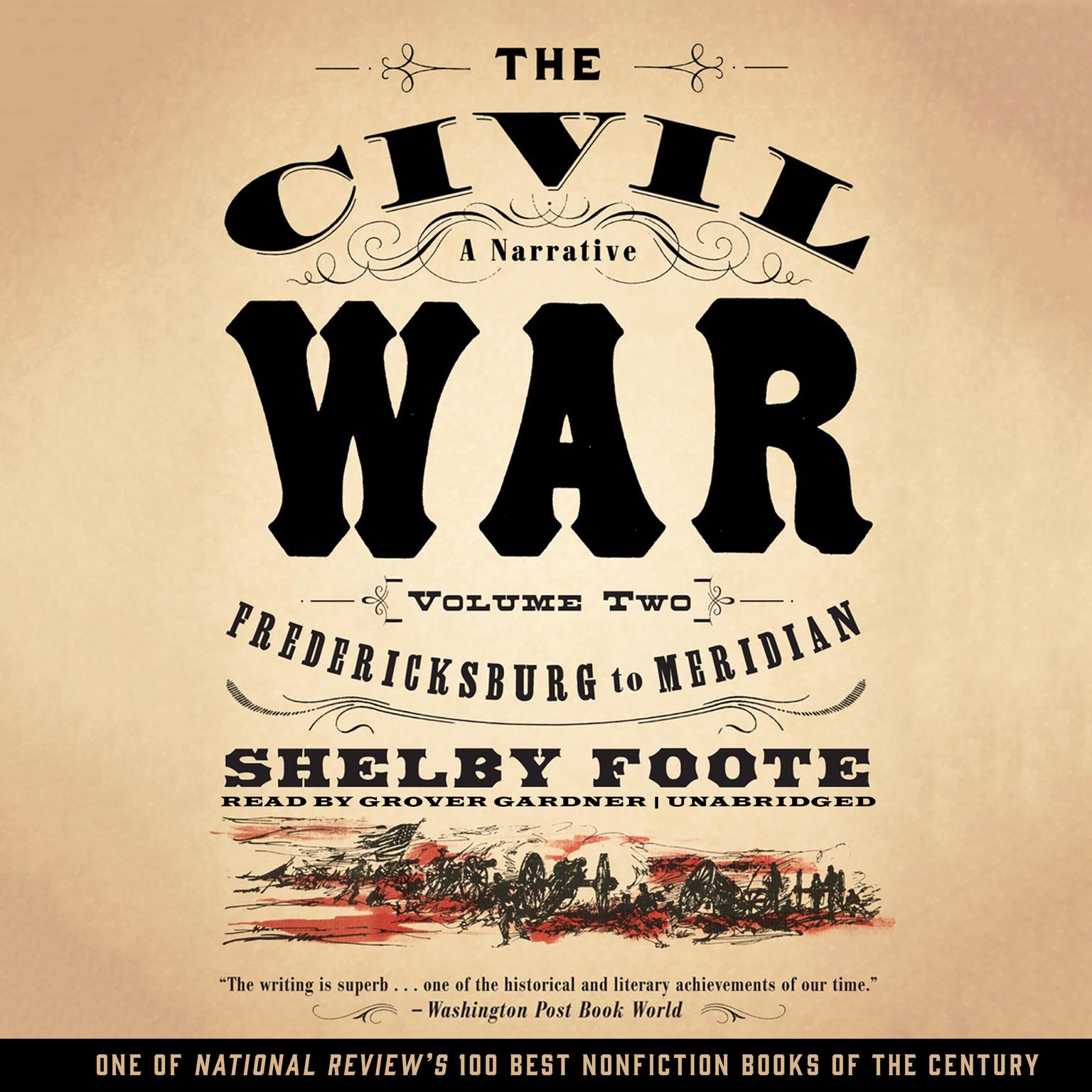Publisher Description
A Dusty Tomes Audio Book
In Cooperation with Spoken Realms
European Background of American History by Edward Potts Cheyney, Professor of History at the University of Pennsylvania.
Volume 2 of 27 in The American Nation: A History published by Harper Brothers (1904–1918). Edited by Albert Bushnell Hart, Professor of History at Harvard University.
Editor’s Introduction to the Series: That a new history of the United States is needed, extending from the discovery down to the present time hardly needs a statement. No such comprehensive work by a competent writer is now in existence. Individual writers have treated only limited chronological fields. Meantime, there is a rapid increase of published sources and of serviceable monographs based on material hitherto unused. On the one side, there is a necessity for an intelligent summarizing of the present knowledge of American history by trained specialists; on the other hand, there is a need for a complete work, written in untechnical style, which shall serve for the instruction and the entertainment of the general reader.
Editor’s Introduction to Volume Two: Having the first volume of this series discussed the events, the national developments, and the institutions which preceded the colonization of America, the next step is to describe the land and the people of America as they were found by the Europeans. This volume, therefore, is intended once and for all to set forth the physical conditions of colonization; for within twenty-five years after the discovery, the Spaniards began to penetrate into the interior of North America and encounter the obstacles of rivers and mountains and the sterner opposition of native tribes.
Thus, upon a subject described and discussed since the earliest contact between the white and native races, the author has been able to throw a concentrated light, under which the physical basis is seen to furnish a reaction for the native peoples; and these peoples stand out as substantially one, a race-prepared from the beginning to assert itself in the history of America.
AUTHOR’S PREFACE: The present work is an attempt to describe, as fully as the limits of the book will permit, those features of North America and its native inhabitants which have been of greatest significance in the history of the United States. For the physical features of the continent, numerous trustworthy works are available; for the fauna and flora, there are various general treatises of value; while for the aborigines there is not a single comprehensive book of a satisfactory character. This lack has long been a source of embarrassment to students of American ethnology, and for that reason, the chief emphasis in the following pages is laid upon the distribution and the culture of the Indians.
It is my hope, however, that the book may prove of some service as an introduction to the study of American ethnology as well as to that of American history.
I. General Physiography of North America (1500–1900)
II. Waterways, Portages, Trails, and Mountain-Passes (1500–1800)
III. Timber and Agricultural Products of North America (1500–1900)
IV. Animal Life of North America (1500–1900)
V. Antiquity of Man in North America
VI. Classification and Distribution of the American Indians (1500–1900)
VII. The Eskimo and the North Pacific Indians (1500–1900)
VIII. Indians of the Northern Interior and of the Lower Pacific Coast (1800–1900)
IX. The Indians of the Great Plains (1700–1900)
X. Northern Tribes of the Eastern Woodlands (1600–1900)
XI. Southern Tribes of the Eastern Woodlands (1600–1900)
XII. Indian Tribes of the Southwest and of Mexico (1500–1900)
XIII. Social Organization of the Indians (1500–1900)
XIV. Indian Houses, House Life, and Food Quest (1500–1900)
XV. Indian Industrial Life and Warfare (1500–1900)
XVI. Indian Religion, Mythology, and Art (1500–1900)
XVII. Character and Future of the Indians (1904)
Download and start listening now!
“A landmark in the writing of US history by professional historians that would remain the standard in the field for decades thereafter.”
—
American Historical Association











